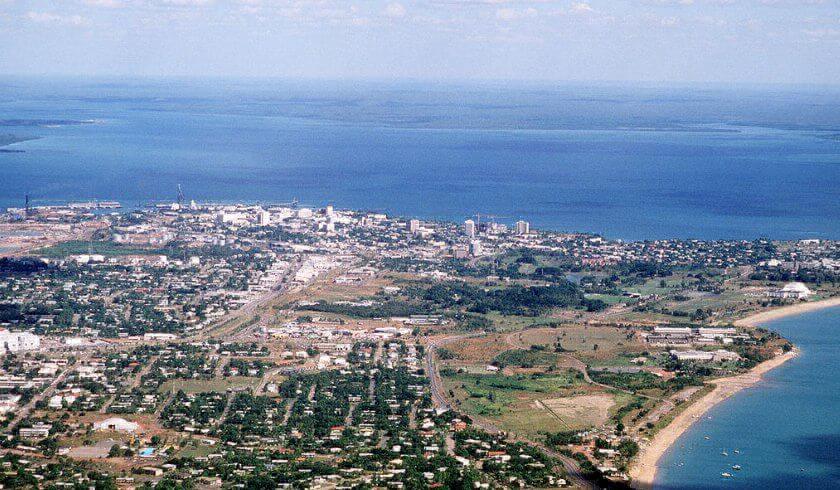Darwin wins rental race in December quarter
Darwin’s rental market has emerged as the unlikely winner of 2020 following massive gains in the December quarter.

Following a turbulent year marked by the economic and lifestyle changes brought forth by COVID-19, Darwin’s rental market has experienced a dramatic shift, with record growth in both house and unit rents.
Darwin’s growth can be attributed to a growing trend which has seen jobs, migrants and tourists flee bigger capital cities in search of “lifestyle locations”.
According to Domain’s Rental Report for the December quarter, Darwin is the clear winner, topping the capital city rental markets with a 12.2 per cent increase in house rents and a 7.7 per cent increase in unit rents.
These steep price inclines have seen Darwin’s house and unit asking rents reach their highest point since 2017, growing to $550 and $420 a week, respectively.
Looking at house rents across the remaining capital cities, Perth came in second with a 6.3 per cent price boost, which brought the median to $420 per week. Meanwhile, the second highest increase in unit rents occured in Canberra where growth stood at 3.1 per cent, bringing the median price to $495.
But despite these strong figures, Darwin’s results remain well below its 2013 highs, according to Domain’s senior research analyst, Dr Nicola Powell.
“Darwin ended 2020 to become one of the strongest rental markets of all the capitals. This is a stark contrast following roughly six years of declining asking rents. Despite this, house rents remain 21 per cent, and unit rents 26 per cent, below the 2013 highs.”
Among the factors driving the revival of rental demand in Darwin are the changing border restrictions, as well as COVID-19 outbreaks in other cities, which ultimately make Darwin an attractive destination to reside given the territory’s success in containment.
“This is a reason some current tenants may be staying in the Northern Territory longer than originally planned.
“The vacancy rate has been sliding since late 2019, and despite a short-lived bounce early in the pandemic, availability continues to tighten annually. The estimated number of vacant rentals has declined a staggering 76 per cent compared to last year,” Dr Powell concluded.
